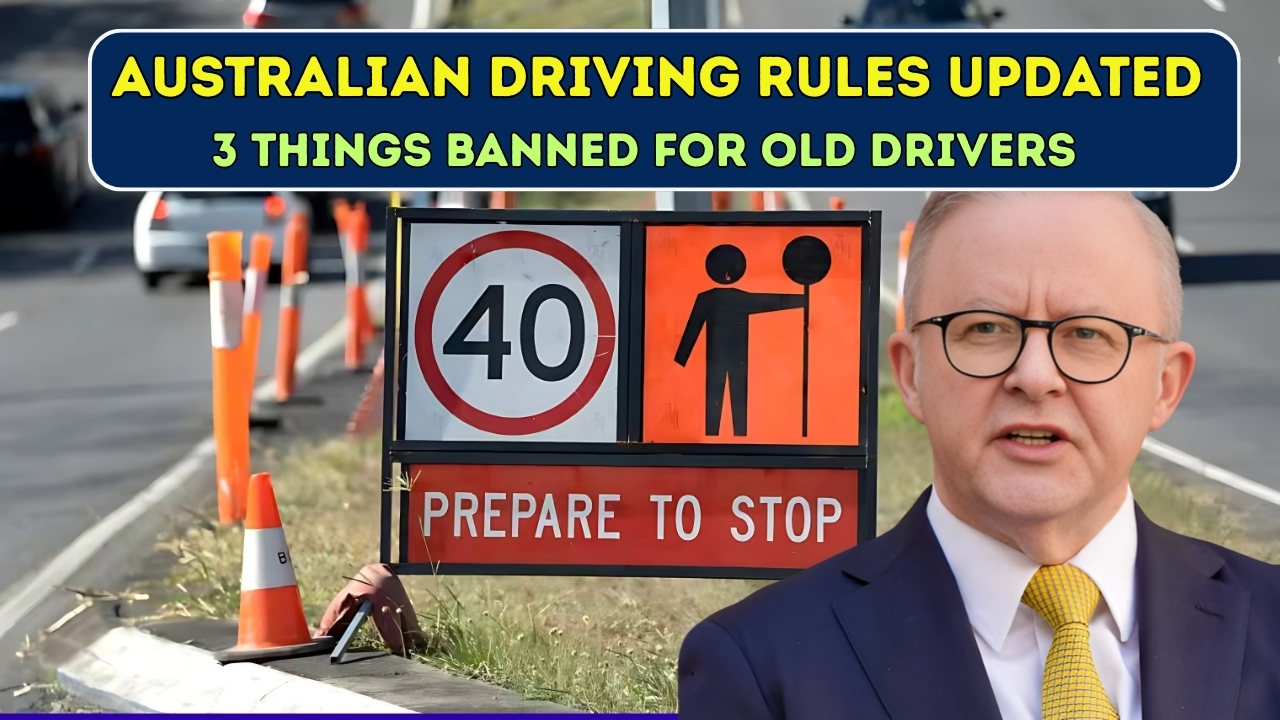Australian drivers are just days away from experiencing some of the most profound changes to road rules in recent history. Come August 2025, all states and territories will enforce stricter regulations on the use of phones, speed limits, child passenger safety, and even semi-automated vehicles.Transport officials believe the changes are intended to streamline improvements in safety and the growing number of road fatalities. Federal Transport Minister Karen Douglas claims that tougher rules have always proven to be effective, stating, “The evidence is clear—tougher rules save lives.”
Mobile Devices Under Focus
The most significant change concerns the use of smart devices. Drivers have been prohibited from physically using their phones for some time now. The ban will now also cover smartwatches, dashboards, GPS devices, and any other screen that is configured to be operated hands-free.Merely tapping on navigation software while waiting at traffic signals will incur fines of up to $1,500 alongside 4 demerit points. Recurrent violators stand the chance of being barred from driving. Distracted driving is one of the most significant and serious road incidents.
Reduced speed limits for urban drivers.
City and urban drivers will also be required to slow down.In specific areas with high foot traffic, the speed limit will be reduced to 40 km/hr. Many councils are already updating school zone and neighborhood signs.The government cites overseas studies that indicate a pedestrian struck at 50 km/h has a higher chance of dying compared to someone hit at 40 km/h, with the chances being twice as high.
Child Restraints Tightened
There will be new parental obligations as well. From this month, children under 9, or shorter than 145 cm, must be secured in a booster seat.Authorities say that the changes made are in a response of new research. Dr. Emily Shaw, a pediatric injury specialist, said, “Seatbelts aren’t designed for small bodies — this is about giving kids proper protection.”
Semi-Autonomous Cars Face Boundaries
With the new changes for laws, there is no longer a question for those with new vehicle technologies. They still retain the right to disengage from driving only when the automated systems are active. Lane keeping or adaptive cruise control still require the driver to be awake, alert and in control of the vehicle.Drivers caught reading, dozing off, or paying no attention to the road will be heavily penalized for negligence. This is crucial as these features are becoming more common on Australian roads.
Stronger Penalties Across the Board
In addition to these headline changes, fines for dangerous behavior will increase.Seatbelt scofflaws, DUI recidivists, and even notorious red-light violators may face increased fines and extended license suspensions.To curb hazardous behavior during peak crash periods, which coincide with holiday seasons, enforcement is targeted during times crash rates traditionally spike.
A Solicitation for Australians to Act
Campaigns are running on TV, roadside billboards, and all jurisdictions have issued guides, but authorities are asking Australians to comply with the laws before the August deadlines.While the cost-of-living crunch has spurred some drivers to complain about the fines, the advocacy community has mostly applauded the reforms. “This is a shift in culture,” the Australian Automobile Association stated, “The rules may seem tight, but the intent is simple– reduced injury and minimized fatalities.”Without a grace period, drivers will have to change their behavior the moment the rules come into force, and will need to comply or face the large fines.



